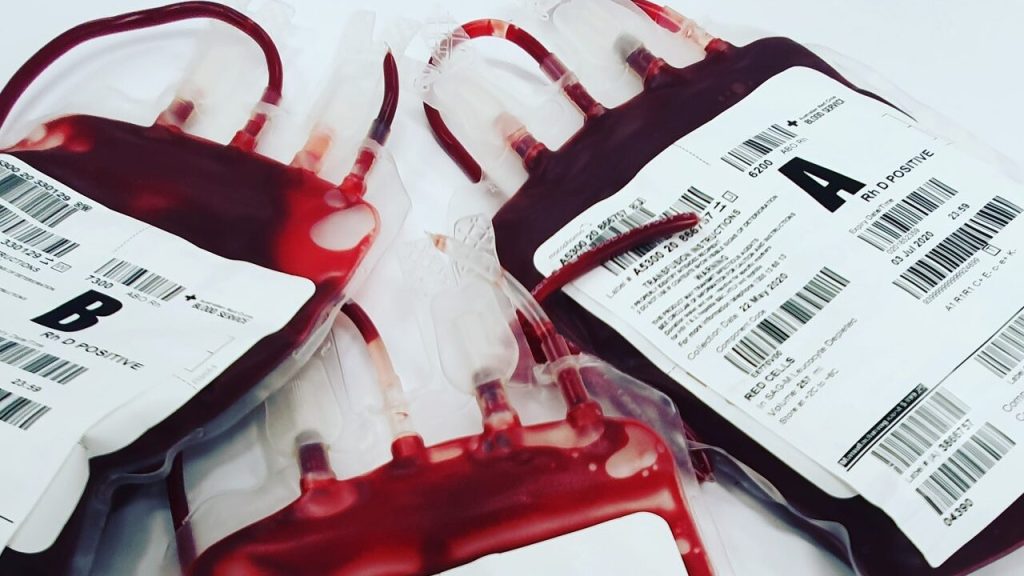Brain Changes in Autism More Widely Spread than Previously Believed

In autism, brain changes are spread throughout the cerebral cortex instead of in areas thought affect social behaviour and language, according to a new study that significantly refines scientists’ understanding of how autism spectrum disorder (ASD) progresses at the molecular level.
The study, published in Nature, represents a comprehensive effort to characterise ASD at the molecular level. While neurological disorders like Alzheimer’s disease or Parkinson’s disease have well-defined pathologies, autism and other psychiatric disorders have had a lack of defining pathology, challenging efforts to develop more effective treatments.
The new study finds brain-wide changes in virtually all of the 11 cortical regions analysed, regardless of whether they are higher critical association regions – those involved in functions such as reasoning, language, social cognition and mental flexibility – or primary sensory regions.
“This work represents the culmination of more than a decade of work of many lab members, which was necessary to perform such a comprehensive analysis of the autism brain,” said study author Dr Daniel Geschwind, the Gordon and Virginia MacDonald Distinguished Professor of Human Genetics, Neurology and Psychiatry at UCLA. “We now finally are beginning to get a picture of the state of the brain, at the molecular level, of the brain in individuals who had a diagnosis of autism. This defines a molecular pathology, which similar to other brain disorders such as Parkinson’s, Alzheimer’s and stroke, provides a key starting point for understanding the disorder’s mechanisms, which will inform and accelerate development of disease-altering therapies.”
Just over a decade ago, Geschwind led the first effort to identify autism’s molecular pathology by focusing on two brain regions, the temporal lobe and the frontal lobe. Those regions were chosen because they are higher order association regions involved in higher cognition – especially social cognition, which is disrupted in ASD.
For the new study, researchers examined gene expression in 11 cortical regions by sequencing RNA from each of the four main cortical lobes. They compared brain tissue samples obtained after death from 49 people with ASD against 54 controls individuals.
While each profiled cortical region showed changes, the largest changes in RNA levels were in the visual cortex and the parietal cortex, which processes information like touch, pain and temperature. The researchers said this may reflect the sensory hypersensitivity that is frequently reported in people with ASD. Researchers found strong evidence that the genetic risk for autism is enriched in a specific group of genes expressed in neurons that has lower expression across the brain, indicating that these correlated RNA changes in the brain are likely the cause of ASD rather than a result of the disorder.
One of the next steps is to determine whether researchers can use computational approaches to develop therapies based on reversing gene expression changes the researchers found in ASD, Geschwind said, adding that researchers can use organoids to model the changes in order to better understand their mechanisms.




